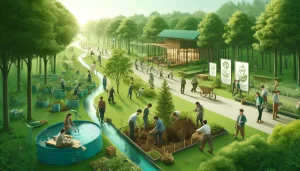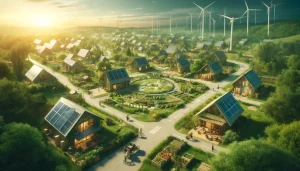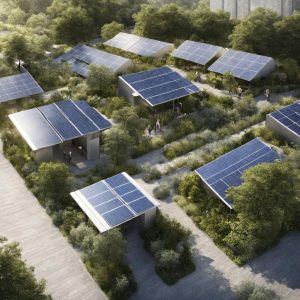Introduction
Urban sustainability is at the core of future city planning, and green infrastructure (GI) has emerged as a critical element. The integration of green areas, urban parks, and green roofs in urban planning is paving the way for sustainable cities. This article explores the future trends and innovations in green infrastructure that are set to redefine urban living and help cities adapt to climate change.
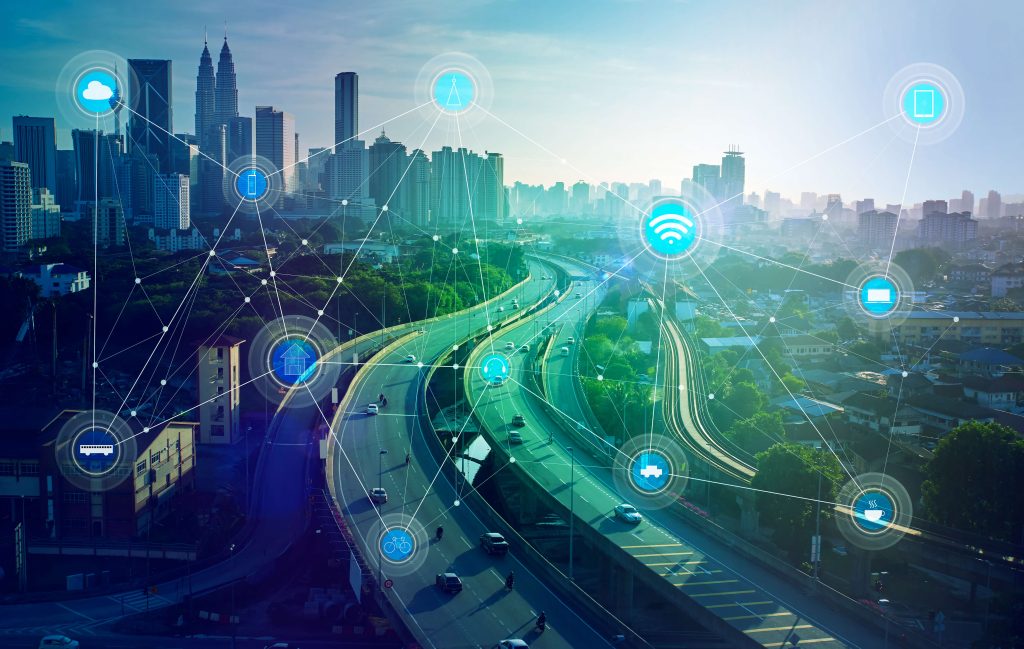
The Future of Green Infrastructure: Key Trends
1. Adaptation to Climate Change
Adaptation to climate change is a pressing concern. Urban centers are looking to green infrastructure planning as a tool for urban resilience to climate change. The use of green infrastructure, like urban forests and green space in cities, offers a multifaceted approach to mitigating urban heat island effects and fostering urban climate adaptation.
2. Urban Greening and Urban Parks
The integration of urban greening and urban parks is essential in shaping the future of sustainable urban development. Green areas not only enhance urban aesthetics but also support urban biodiversity, thus playing a vital role in the sustainable future urban landscape.
3. European Green Deal and Global Urban Initiatives
International initiatives like the European Green Deal are promoting the concept of green infrastructure and encouraging large urban centers to develop green infrastructure projects. This aligns with the global urban movement towards sustainability, focusing on building urban resilience and adapting cities to climate change.
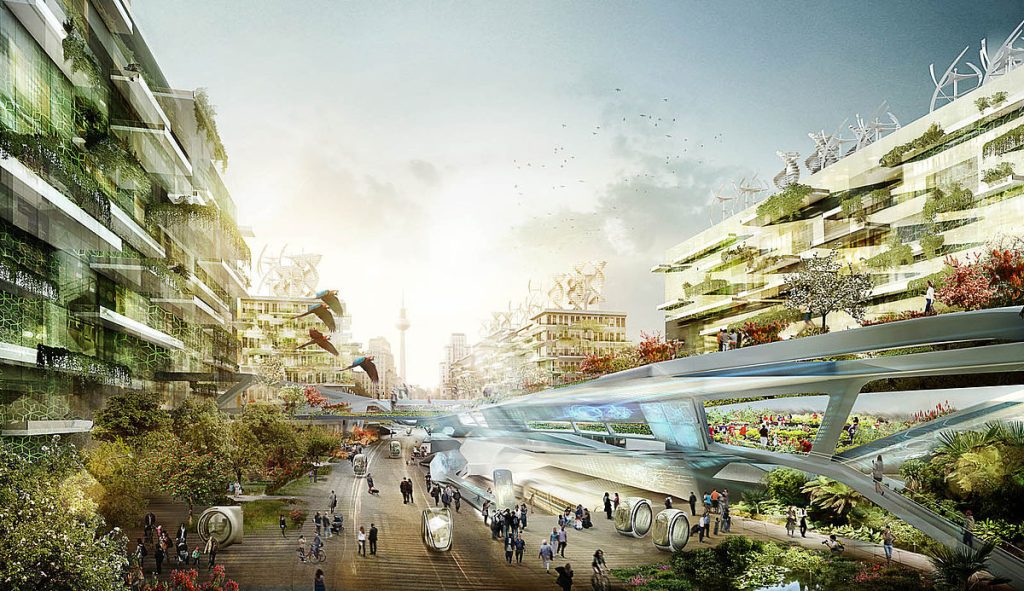
Innovations in Urban Green Infrastructure
1. Urban Rooftop Gardens and Green Roofs
Urban rooftops are being transformed into lush green spaces. Green roofs are becoming an integral part of the urban environment, cooling urban areas, reducing energy consumption, and adding to the overall green space within urban locales.
2. Multifunctional Green Corridors
Green corridors connect different green areas across the city, providing pathways for both wildlife and people. These corridors serve multifunctional purposes, enhancing urban green space and creating a harmonious balance between urban form and nature.
3. Smart Green Planning
Leveraging technology, urban planners are designing smarter and more sustainable cities. From planning green infrastructure to efficiently managing urban land use, the use of AI and data analytics supports urban transformation, planning, and design.
The Role of Green Infrastructure in Urban Sustainability
The role of green in urban planning is pivotal. From mitigating urban heat islands to supporting urban growth, green infrastructure for urban sustainability offers a broad array of benefits. It provides a cooling effect on urban spaces, assists in climate change adaptation and mitigation, and supports overall urban sustainable development.
Conclusion
The integration of green infrastructure in urban planning is no longer a novel idea; it is a necessity. Urban centers around the world are witnessing a paradigm shift towards green planning, recognizing the multifaceted benefits that GI brings.
The future of green infrastructure lies in continuous innovation, investment, and commitment to sustainable urban principles. From green architecture to the planning of green infrastructure, cities must harness the power of GI to navigate the challenges of urban sprawl, climate change, and urban population growth.
The path to a sustainable urban future is green. Let’s embrace the new urban era, where green corridors, urban forests, and smart planning shape the urban landscapes of tomorrow, creating cities that are resilient, beautiful, and harmonious with nature.


